"By careful consideration of what we eat and drink we can help the birds we love, family farmers and the Earth we all share." ~ Bill Wilson
An exciting Goshawk late one fall, a Snowy Owl sliding through a wood lot one January, waves of Common Nighthawks over ripened corn in late August evenings, Ruby-crowned Kinglets bobbing on spent raspberry thickets in November and on one occasion an Eastern Meadowlark classically posed on a rock in the middle of a slightly used pasture.
There were fewer farms each year. Now there are just two left in my old territory. As development and DDT took hold, much of the abundance we took as normal began to disappear. By the late 1960s it was all but gone and so was I, an urban dweller for the next four decades but lucky enough to visit rural and wild places regularly. As time passed and the family farm disappeared at an alarming rate in America, my thoughts frequently went back to these wonderfully pleasant places of my youth.
Contrasting with these organic rustic shade canopy family farms carrying the Smithsonian ‘Bird Friendly’ certification, the ‘sun’ coffee industrial plantations of big agricultural enterprise are bereft of almost all the fecund bio-diversity found on our coffee farms. Tropical forest continues to disappear at alarming rates. Compounding the problem, chemically laden big agri is replacing traditional rustic shade family coffee farms with eco-desert ‘sun’ coffee plantations. Keeping as much of the old sustainable ways as possible is an environmental imperative.
We sponsored scientific surveys on the coffee farms we buy from to ‘certify the certification’ for ourselves. Confirmation: the surveys conducted on the co-op farms of the Northern Nicaraguan Highlands that supply some of Birds & Beans Coffee found more than 130 species of birds, including vireos, thrushes, flycatchers, tanagers, and orioles. The survey teams also found several warblers, including high numbers of Tennessee, Chestnut-sided, Black-throated Green and Wilson’s warblers, as well as Golden-winged Warblers—a candidate species for endangered listing in the U.S. Over 30 species of Neotropical migrants and more than 100 indigenous species of birds share the farms we covered.
Above: Jaus Family Farm – With over five linear miles of buffer strips on four hundred plus acres, this Organic Valley working farm provides extraordinary abundant habitat for birds, pollinators and other wildlife.
This led me to think about US farms and bird conservation. My admiration for the family farmers in the over 1,800 member Organic Valley co-op led to us sponsoring late spring surveys matching those we had done on the coffee farms in winter. Another set of great results.
Many of the same migratory species from the Latin American bird surveys also showed up in on Organic Valley dairy farms in the Midwest and East that found more than 50 at-risk breeding bird species. Specific species found in the Organic Valley surveys included Indigo Buntings, American Redstart warblers, and 12 Baltimore Orioles on a farm in Minnesota; breeding tanagers, orioles, and buntings on a farm in Ohio; four species of Neotropical warblers that winter in coffee farms—Black-and-White, Blackburnian, Chestnut-sided, and Black-throated Green warblers—on a farm in Vermont; and an unexpected treasure trove of 22 Indigo Buntings, along with tanagers, orioles, and Wood Thrush in North Carolina. Importantly these farms are also all virtual sanctuaries for grassland birds of great conservation concern, including Grasshopper Sparrows, Eastern Meadowlarks and Bobolinks. The coffee and dairy farms surveyed and those with similar certifications provide extremely valuable habitat for Neotropical migratory songbirds at both ends of their range. Some of our most vibrant and beautiful birds are getting a conservation boost at times of their years when they most need it. Sustainable farming is good for birds, farmers, workers and the environment. If North American consumer trends of increasing consumption of organic food and beverage continue, we may truly be headed back to better days of farms that support the natural world. There is no official certification for coffee labeled as ‘shade-grown’; indeed, some coffee with ‘shade-grown’ on the packaging is grown under banana trees to which artificial fertilizers and pesticides are heavily applied. The official Bird Friendly® certification from the Smithsonian Migratory Bird Center combines USDA Organic standards with requirements for forest shade cover, multilayered canopy, and the presence of epiphytes. Birds & Beans coffee has grown since our foundation. Our Boston and Toronto based roaster and retailer of Bird Friendly coffee now buys coffee from over 2,250 family farms in Nicaragua, Peru, Guatemala, Honduras and El Salvador. Imagine helping preserve over 100,000 acres of prime Neotropical forest environment just by drinking coffee ! Significant growth in US organic dairy acreage is also a hopeful sign of the future. As overall organic farm acreage in the United States has doubled since 2003, a significant portion of that growth has been driven by the popularity of Organic Valley dairy products. In 2014, Organic Valley dairy farms constituted about half of all organic farming acreage in Ohio, Vermont, and Wisconsin, and about a quarter of all organic farming acreage in Minnesota, New York, North Carolina, and Pennsylvania. In Indiana, Organic Valley dairy farms accounted for over three-quarters of total organic farming acreage. By careful consideration of what we eat and drink we can help the birds we love, family farmers and the Earth we all share. Maybe the best part of all this is that there are boys and girls out there today who can experience these farms and enjoy the same kind of exhilarating joy and freedom that “going to the farm” can deliver, the kind of experience that the birds of my boyhood gave to me.
Make A Donation to Western Cuyahoga Audubon. Your gifts guarantee chapter activities, programs and research continues to reach members and connect birding conservationists around the world. Use our safe and secure PayPal payment button below to make a donation of any amount you choose. All donations are gratefully received.
Comments
|
Story BlogThe Feathered Flyer blog publishes human interest stories about birding and habitat conservation. After watching, ‘My Painted Trillium Quest' by Tom Fishburn, Kim Langley, WCAS Member said, “Wonderful! It was a lift just knowing that such a site exists and is being protected!”
Media LibrariesQuarterly NewsletterSTORIESPodcastsWCAS is a proud member of The Council of Ohio Audubon Chapters (COAC) and promotes chapter development by sharing the best practices, brainstorming solutions to common problems, and building relationships in workshops and retreats. Subscribe
VideosYouth
Advocacy
Clean Energy
Reporting
Awards
Volunteerism
Take ActionResourcesBlogsArchives
October 2023
Categories
All
|
EDUCATENews Blog
Monthly Speakers Field Reports Bird Walk Reports Christmas Bird Count-Lakewood Circle Media Library Newsletter Archive Education Resources STORE |
Western Cuyahoga Audubon Society
4310 Bush Avenue Cleveland, Ohio 44109 [email protected] Western Cuyahoga Audubon Society is a 501(c)(3) nonprofit organization. Your donation is tax-deductible. The tax ID number is: 34-1522665. If you prefer to mail your donation, please send your check to: Nancy Howell, Western Cuyahoga Audubon Treasurer, 19340 Fowles Rd, Middleburg Hts, OH 44130. © 2020 Western Cuyahoga Audubon Society. All rights reserved. Privacy Policy | Terms of Use | Legal | Store Shipping Rates | Site Map |

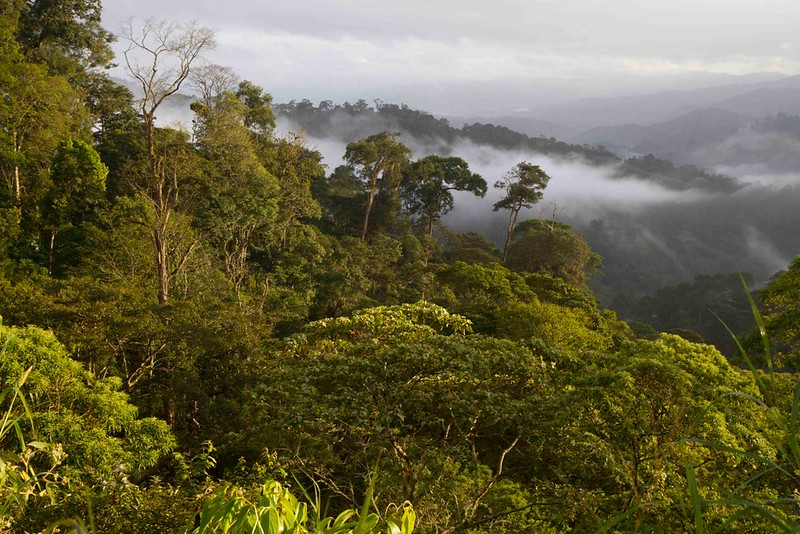
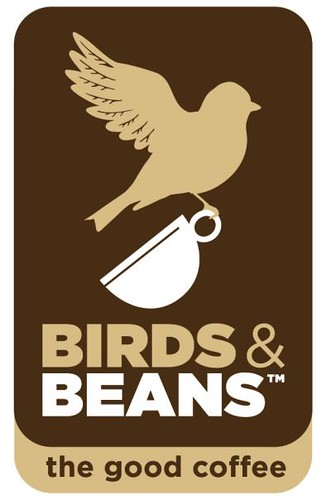
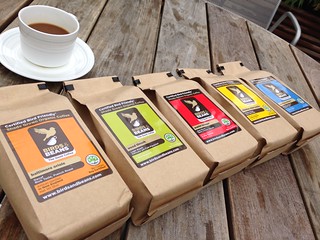
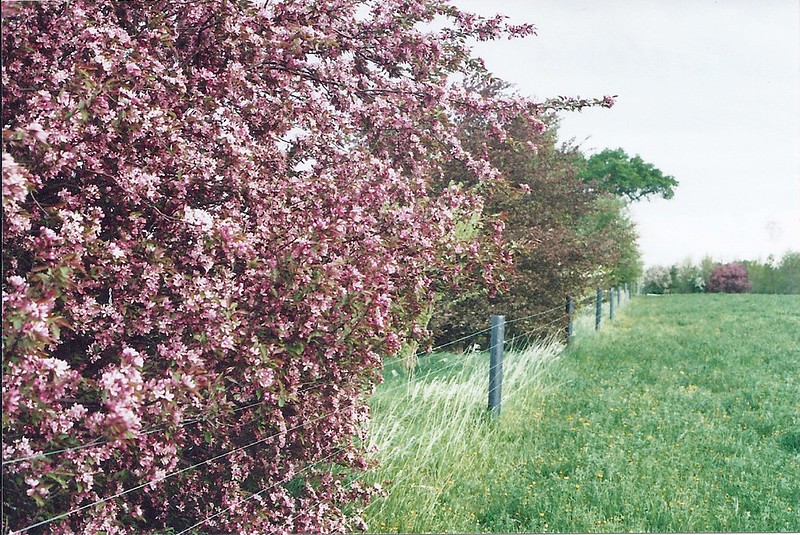
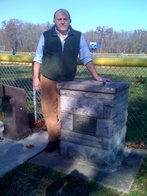






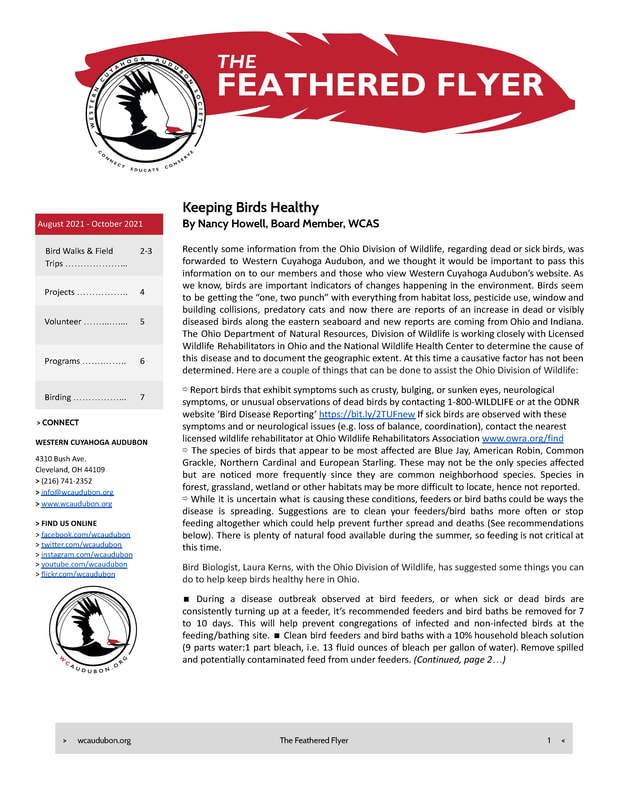
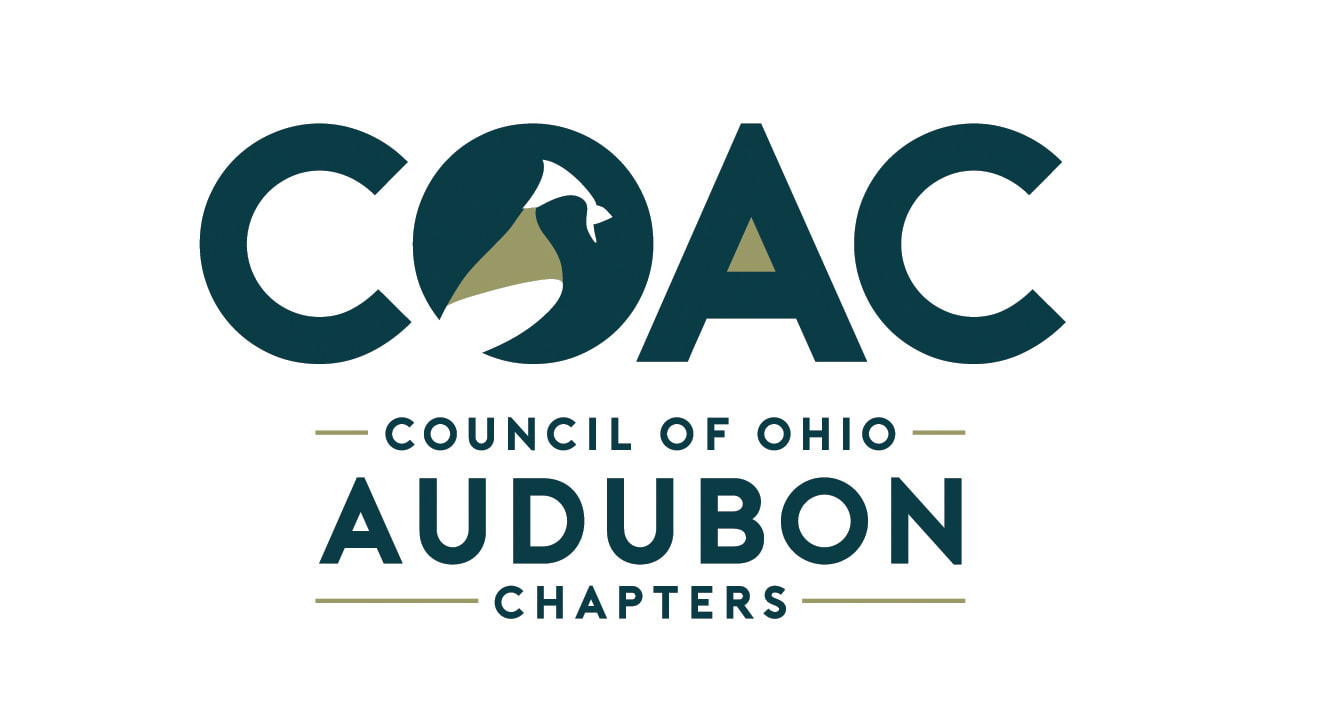
 RSS Feed
RSS Feed

